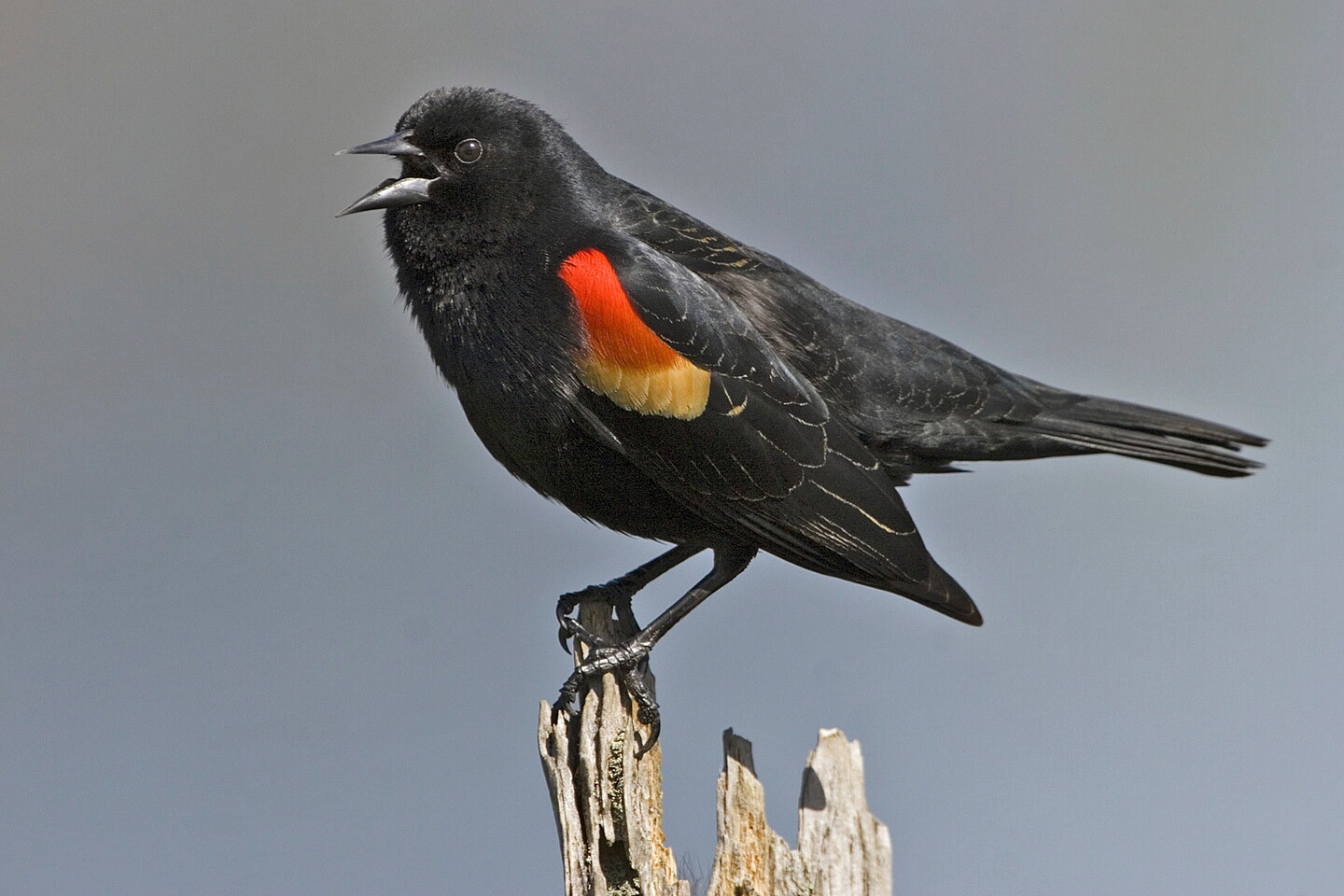What happens to wildlife when the Woodmere Club closes?
Residential development could make birds and bullfrogs disappear from the area
Driving east on Broadway through Lawrence, Cedarhurst, Woodmere and Hewlett seems more like an urban jaunt than a country outing, due to the heavy volume of 21st century traffic pinched into early 20th century roadways.
Despite the density of houses, people and vehicles, wildlife does exist, especially in and around the open spaces of the Rockaway Hunting Club and the Woodmere Club. With the later set to close in about five years, the possibility that development will change the current landscape of the 110-acre property becomes a jarring reality.
Community members who first opposed the sale of the 109-year-old club and continue to rail against the potential construction of homes, point to the environmental impact of building on land that is now home to an array of birds and other small animals.
Marjorie Stewart, whose family house is on Atlantic Avenue in Lawrence, a block away from the Rockaway Hunting Club and not that far from the Woodmere Club, said she is not an expert but has noticed an abundance of birds and other wildlife in the area that could disappear if the Woodmere Club land was developed for residential living.
“I have seen more wildlife in the last decade beyond all the prior decades,” said Stewart, adding she is nearing 43. “I just thinks this speaks volumes about the health of the burgeoning natural life that is going on. I really think a development would just be devastating.”
Stewart said she grew up on the Upper East Side of Manhattan, but considers herself an outdoorswoman who has hunted, fished and climbed across the U.S. and Switzerland. She said she has seen a variety of birds on the South Shore, including the tricolored egret, the snowy egret, the red-winged blackbird, the ring-neck pheasant, and a few others. In addition, Stewart has heard bullfrogs during her summer stays.
According to Christopher Eliot, an associate professor at Hofstra University, who is an expert in ornithology — the scientific study of birds — there are 350 recorded species of birds that inhabit the coastal area and open spaces in Nassau County.
Eliot said that development of the areas where many of these birds live would most likely cause a reduction in their population as their breeding grounds would be destroyed and the places where they stop to feed and find safety from predators on their migratory paths would disappear.
“With particular habitats along the coast, you find the coastal sparrow not the usual urban sparrow but the salt marsh sparrow in seaside areas, and if there was development those birds aren’t able to breed,” he said. “With fewer places for the migrant birds to stop more than half could die and they would find it more difficult to migrant. That is what we are concerned about.”
Joe Landesberg, the treasurer of the South Shore Audubon Society, who leads the organization’s bird walks, said that he is not familiar with birdlife in the Woodmere area, but noted what usually occurs when the existing landscape is changed.
“Birds don't like when the habitat is altered,” he said. Robins, cardinals and house sparrows —urban birds — stay around, but the birds that real birders like, those birds tend to disappear.”

 41.0°,
Fair
41.0°,
Fair 




